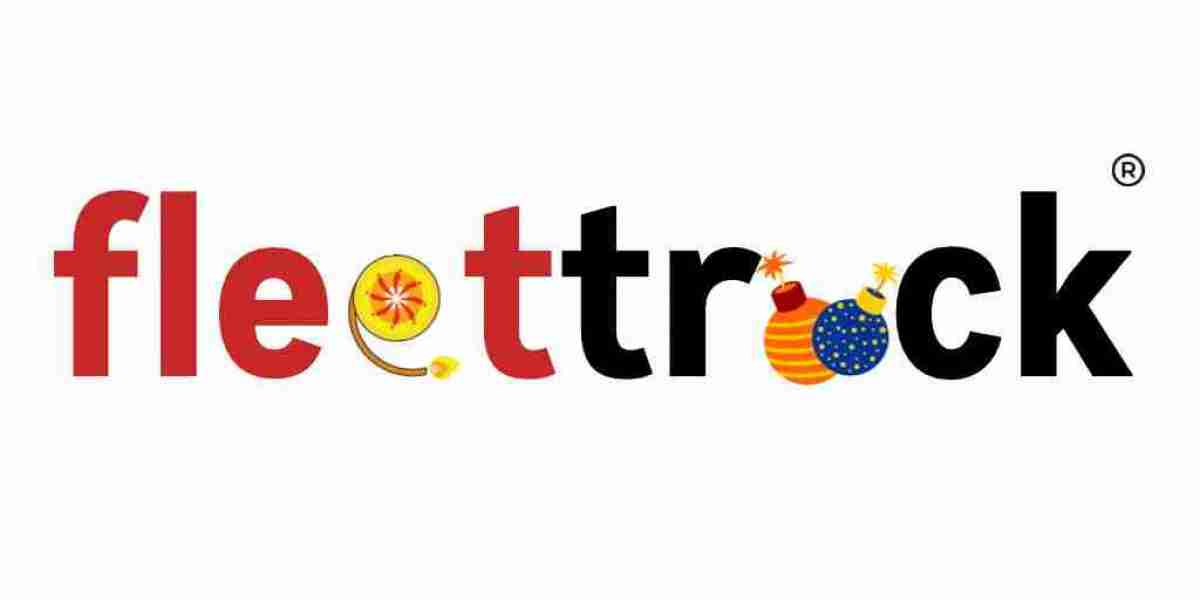Bar signs are a staple in the hospitality industry, often acting as the first point of visual contact for patrons as they approach a venue. These signs, whether neon, vintage, or chalkboard, hold more significance than simply being a way to catch the eye of passersby. They serve as powerful marketing tools, set the tone for the atmosphere, and even carry hidden meanings and traditions that go beyond the surface.
1. The Role of Bar Signs in Branding and Atmosphere
One of the most important roles of a bar sign is to establish a brand identity. The design, color, and type of sign used can say a lot about the personality of the bar itself. A neon sign with bright, flashing lights might suggest a fun, energetic environment for a younger crowd, while a rustic wooden sign may indicate a laid-back, cozy vibe perfect for beer lovers. The type of font, graphics, and overall aesthetic help convey a story or emotion before a patron even steps through the door.
For example, an upscale cocktail bar may choose sleek, minimalist signage with muted colors and modern fonts to convey sophistication. On the other hand, a dive bar might opt for a retro or gritty sign that reflects its no-frills approach to drinking and its focus on a relaxed, unpretentious environment.
2. The Power of Neon Signs
Neon signs are iconic in the world of bar signage. These glowing lights have been part of the nightlife scene for decades, and their bright, colorful glow can be seen from a distance, attracting attention and drawing in curious customers. Neon signs often carry the name of the bar, but they may also advertise features such as happy hours, drink specials, or the type of beverages offered.
The enduring popularity of neon signs lies in their ability to create a memorable visual impact. There's something nostalgic and inviting about the soft hum of a neon light that instantly gives off a cool and fun atmosphere, something that attracts both locals and tourists alike.
3. The Informational Aspect: Menu Boards and Specials
While branding is a major consideration, bar signs also serve a functional purpose. Chalkboards or digital screens near the entrance often display daily specials, happy hour deals, or the current cocktail menu. This type of signage allows customers to get a quick overview of what’s on offer and can help entice them into making a decision.
In some bars, signs may also provide information about events, such as trivia nights, karaoke, or live music, encouraging customers to stay longer and enjoy more of what the venue has to offer. These signs are often updated regularly, ensuring that the bar remains fresh and exciting to regular patrons.
4. A Window into the Culture of a Bar
Bar signs can often reflect the local culture, the type of drinks served, and even the social scene. In some cases, the sign might display a clever slogan or pun that speaks to the bar’s sense of humor or the crowd it attracts. "Whiskey Bent, Beer Buzzed" or "Sip Happens" are examples of how bars use witty phrases to create a welcoming and fun atmosphere.
In certain areas, bar signs also serve as a symbol of history or tradition. Classic bar signs that read "Tavern" or "Saloon" evoke images of old-timey bars with their rich culture, stories, and community ties.
5. Conclusion: Bar Signs as Cultural Icons
Bar signs go far beyond their basic function of indicating the location of a bar. They are essential to the branding and marketing of the establishment, helping to set the tone and convey the atmosphere of the venue. Whether it's the warm glow of a neon light or the welcoming chalkboard sign offering drink specials, these signs serve to create a memorable experience for patrons and become an integral part of a bar’s identity. Understanding the significance of bar signs reveals much about the role they play in the larger world of hospitality and the unique experience they help craft for every visitor.








